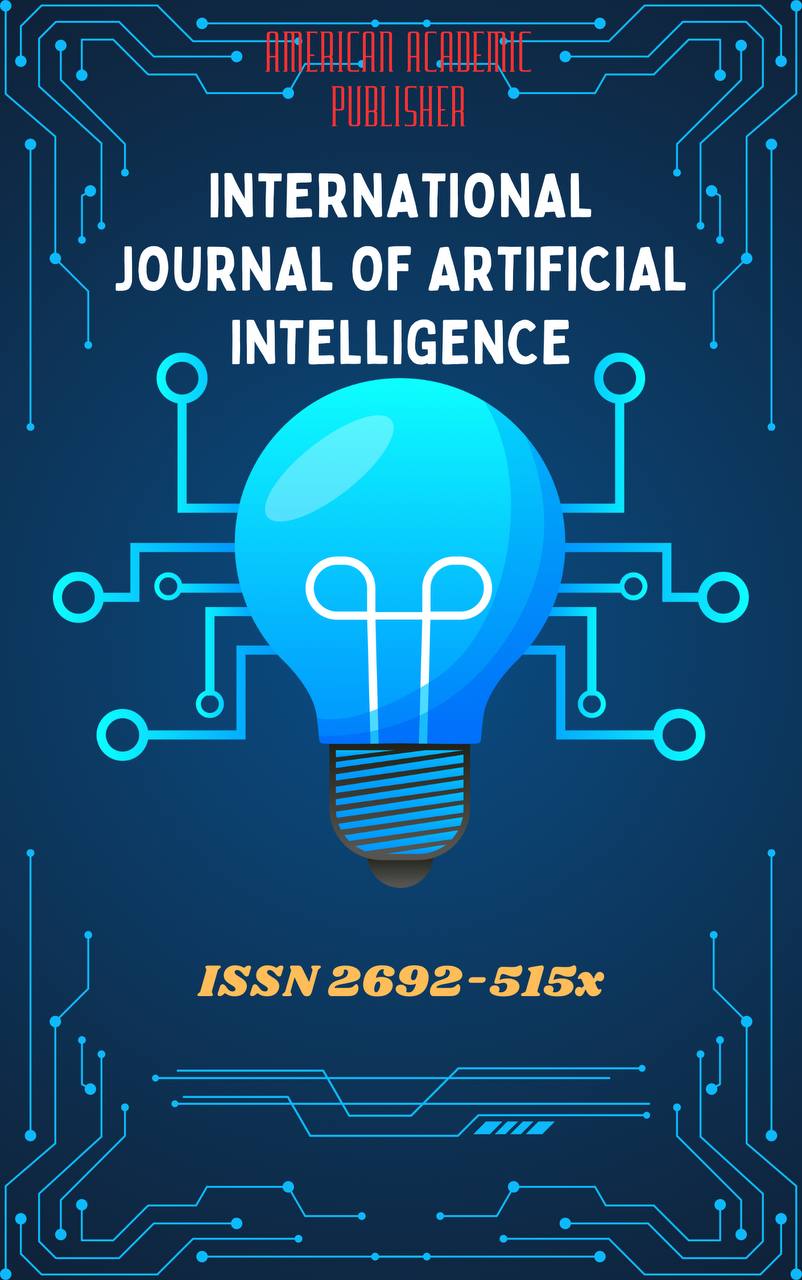 Articles
| Open Access |
Articles
| Open Access | IMPLEMENTING EFFECTIVE FEEDBACK MECHANISMS IN LANGUAGE LEARNING: A FOCUS ON PRONUNCIATION CORRECTION IN ADULTS ESL CLASSES
Normamatova Nilufar Sherzod qizi,Ma`mura Gulyamovna Burxanova , Navoiy State UniversityAbstract
Pronunciation plays an important role in oral communication, but it is one of the most challenging aspects of second language learning, especially for adult ESL (English as a Second Language) learners. Effective feedback mechanisms can help learners develop accurate pronunciation and intelligible speaking skills. This article reviews various feedback strategies that can help improve pronunciation, including precision correction, recasting, meta-linguistic feedback, and self-monitoring techniques. It also discusses the use of speech recognition software and artificial intelligence-based pronunciation apps that provide real-time, personalized correction.
The results of the study show that the combination of the lecturer is significantly increases the phonetic accuracy of students. This article emphasizes how important it is when they provide practical recommendations for language teachers, especially the timely, timely and constructive focusing on developing pronunciation.
Keywords
Pronunciation correction, ESL learners, feedback mechanisms, explicit correction, speech recognition, metalinguistic feedback, adult language learning.
References
Ammar, A., & Spada, N. (2006). One size fits all? Recasts, prompts, and L2 learning. Studies in Second Language Acquisition, 28(4), 543-574.
Derwing, T. M., & Munro, M. J. (2015). Pronunciation fundamentals: Evidence-based perspectives for L2 teaching and research. John Benjamins.
Ellis, R. (2009). Corrective feedback and teacher development. L2 Journal, 1(1), 3-18.
Fraser, H. (2000). Coordinating improvements in pronunciation teaching for adult learners of English as a second language. Department of Education, Training and Youth Affairs, Canberra, Australia.
Gilakjani, A. P. (2016). English pronunciation instruction: A literature review. International Journal of Research in English Education, 1(1), 1-6.
Horwitz, E. K., Horwitz, M. B., & Cope, J. (1986). Foreign language classroom anxiety. The Modern Language Journal, 70(2), 125-132.
Liakin, D., Cardoso, W., & Liakina, N. (2017). Mobilizing pronunciation teaching: Using visual feedback on vowels with an English pronunciation app. Language Learning & Technology, 21(1), 31-50.
Lyster, R., & Ranta, L. (1997). Corrective feedback and learner uptake. Studies in Second Language Acquisition, 19(1), 37-66.
Neri, A., Cucchiarini, C., Strik, H., & Boves, L. (2008). The effectiveness of computer-based speech feedback for pronunciation training. Applied Linguistics, 29(4), 533-554.
Saito, K., & Lyster, R. (2012). Effects of form-focused instruction and corrective feedback on L2 pronunciation development. Studies in Second Language Acquisition, 34(4), 591-626.
Article Statistics
Downloads
Copyright License

This work is licensed under a Creative Commons Attribution 4.0 International License.

